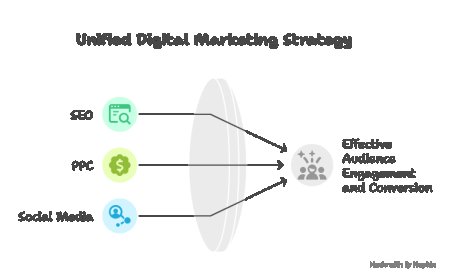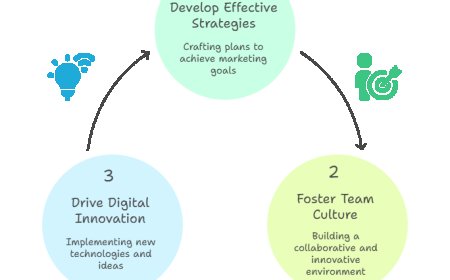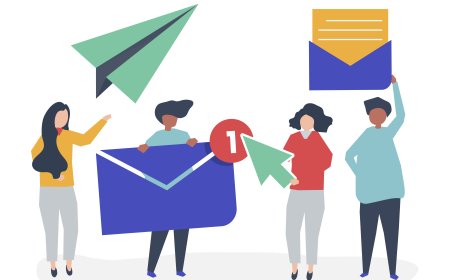Exploring the Next Frontier: Best Embroidery Digitizing Trends of the AI Era
Discover fresh innovations in best embroidery digitizing. Learn how AI is redefining precision, creativity, and efficiency in textile design.
Introduction
In a world increasingly driven by automation and artificial intelligence, the embroidery industry is embracing a technological transformation like never before. Traditional digitizing methods are giving way to innovative processes enhanced by AI, unlocking new levels of speed, accuracy, and creative freedom. This article explores how the best embroidery digitizing practices are being shaped by AI-driven tools and trends, providing professionals, hobbyists, and businesses a glimpse into the future of textile design.
What Does "Best Embroidery Digitizing" Mean Today?
Embroidery digitizing refers to the process of converting a visual design into a machine-readable embroidery file. But what defines the "best" digitizing practice in 2025 and beyond?
-
Precision: The ability to replicate complex designs flawlessly on various fabrics.
-
Speed: Minimizing turnaround time without sacrificing quality.
-
Creativity: Offering diverse stitch styles, thread effects, and layering.
-
Adaptability: Working seamlessly with different machine formats and fabrics.
-
Sustainability: Reducing thread waste and production errors.
These pillars are increasingly supported by AI algorithms that learn, adapt, and optimize the digitizing workflow.
The Rise of AI in Embroidery Digitizing
1. Neural Network Design Analysis
Modern software can now scan artwork using neural networks to suggest the best stitch paths. These AI models recognize shapes, colors, and even textures.
2. Predictive Stitch Adjustment
By analyzing fabric type and thread tension, AI tools adjust stitch density and underlay automaticallyreducing trial and error.
3. Generative Design Suggestions
Some platforms offer auto-generated design enhancements, proposing decorative flourishes or structure tweaks to elevate the final output.
4. Natural Language Inputs
Cutting-edge systems allow users to describe their desired outcome (3D puff effect on denim) and auto-generate a near-perfect digitized file.
Benefits of AI-Powered Embroidery Digitizing
-
Faster Workflow
-
Higher Design Accuracy
-
Reduced Costs from Fewer Test Runs
-
Personalized Outputs at Scale
-
Improved Fabric Compatibility
AI empowers both experts and beginners to deliver top-tier embroidered products with fewer resources.
Case Studies: AI in Action
Fashion Brands
Luxury clothing brands are using AI to digitize intricate floral patterns and lace-like textures for seasonal releases.
Sportswear Companies
Team jerseys require uniform logos on multiple fabric types. AI ensures scalable, consistent outputs with minimal rework.
Custom Patch Sellers
Online patch sellers use AI to digitize client-submitted logos within minutes, offering same-day shipping.
Comparing Traditional vs. AI Digitizing
| Feature | Traditional Digitizing | AI-Powered Digitizing |
|---|---|---|
| Manual Input | High | Low |
| Error Margin | Higher | Minimal |
| Time Taken | Hours | Minutes |
| Design Complexity | Medium | High |
| Accessibility | Skilled Professionals Only | User-Friendly Tools |
Best AI Tools for Embroidery Digitizing
-
Wilcom AI Studio Enterprise-grade with smart stitch estimation.
-
Embrilliance Platform Now features AI plug-ins for beginners.
-
Hatch with Smart Design Offers AI-assisted templates and fonts.
-
TruEmbroidery AI Edition Designed for Mac users with adaptive pattern recognition.
Each of these platforms supports multiple file exports like DST, PES, EXP, and more.
Emerging Trends in Embroidery Digitizing
Voice Command Integration
Future AI tools will respond to verbal cues for digitizing adjustments.
AI + AR Embroidery Simulation
Designers can preview final outputs using augmented reality overlays.
Smart Quality Control
Automated systems will detect thread breaks, color mismatches, and suggest solutions pre-production.
Cloud-Based Collaboration
Digitizers and designers will work remotely on the same AI-driven platform in real-time.
How to Optimize Your Digitizing Workflow
-
Start with high-resolution vector artwork.
-
Choose software that supports AI enhancements.
-
Always run AI preview simulations.
-
Customize stitch settings for unique fabric types.
-
Save presets for recurring clients/projects.
Challenges and Considerations
1. Learning Curve
New AI tools can require time to master.
2. Cost Barriers
Premium AI software may involve subscription costs.
3. Data Privacy
Uploading designs to cloud-based AI tools means ensuring copyright protection.
FAQs
Q1: Can AI fully replace human digitizers?
No. AI enhances productivity but human creativity and oversight remain crucial.
Q2: Is AI digitizing suitable for small businesses?
Absolutely! Many tools now offer freemium or affordable plans for startups.
Q3: Which AI tool is best for beginners?
Hatch with Smart Design and Embrilliance are user-friendly options.
Q4: Can I use AI digitizing for hand embroidery designs?
Yes, with some manual tweaks to suit hand-stitch compatibility.
Q5: Are AI-generated designs copyright-safe?
Always check your softwares licensing terms and avoid replicating copyrighted images.
Conclusion
The future of embroidery is threaded with innovation. As AI continues to revolutionize the industry, the definition of best embroidery digitizing is evolving. With smarter tools, faster workflows, and broader creative potential, both seasoned professionals and new enthusiasts can push the boundaries of textile art. Investing in AI-driven digitizing solutions is not just about staying currentit's about leading the change.
Stay updated, stay creative, and stitch smart in the age of AI.






















